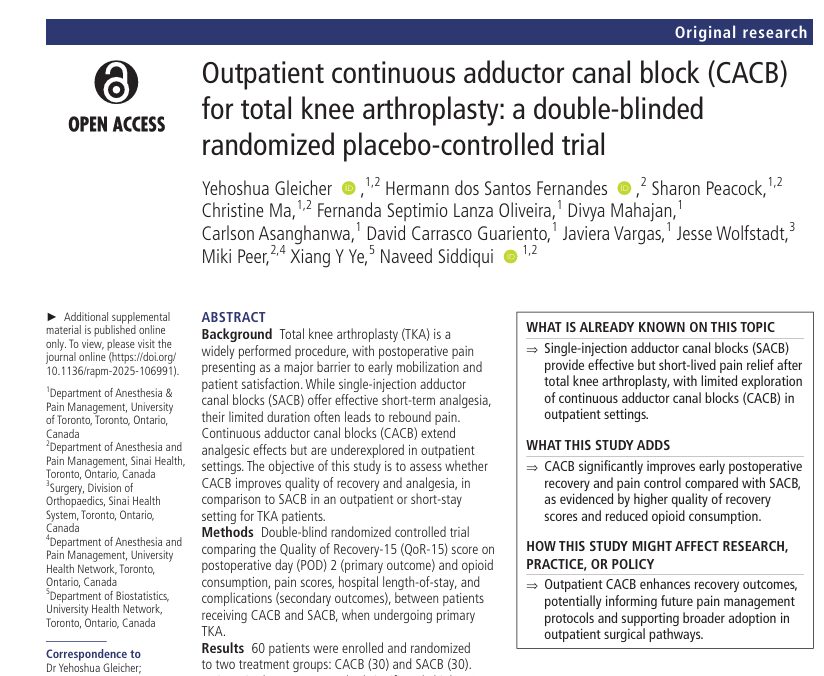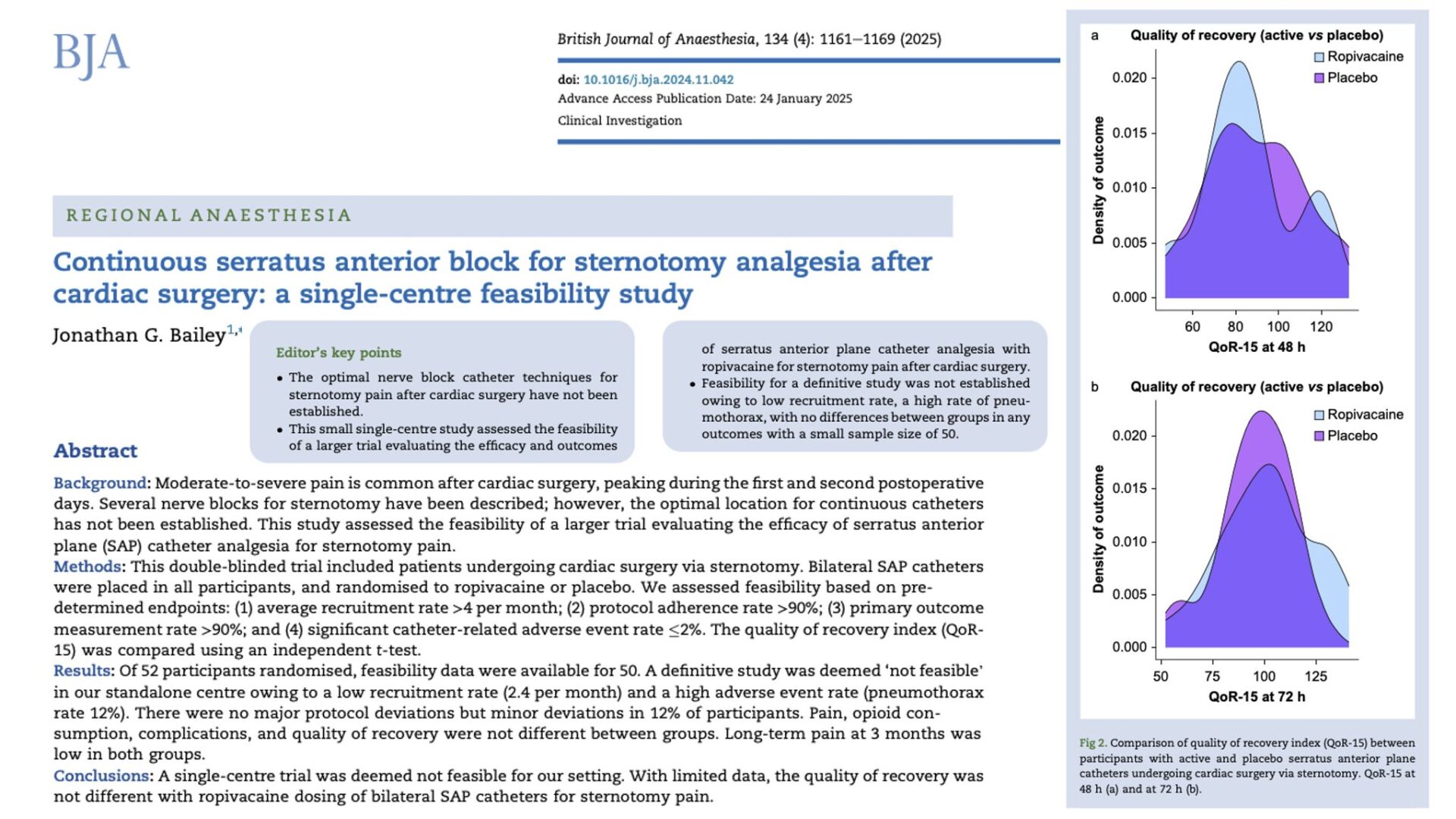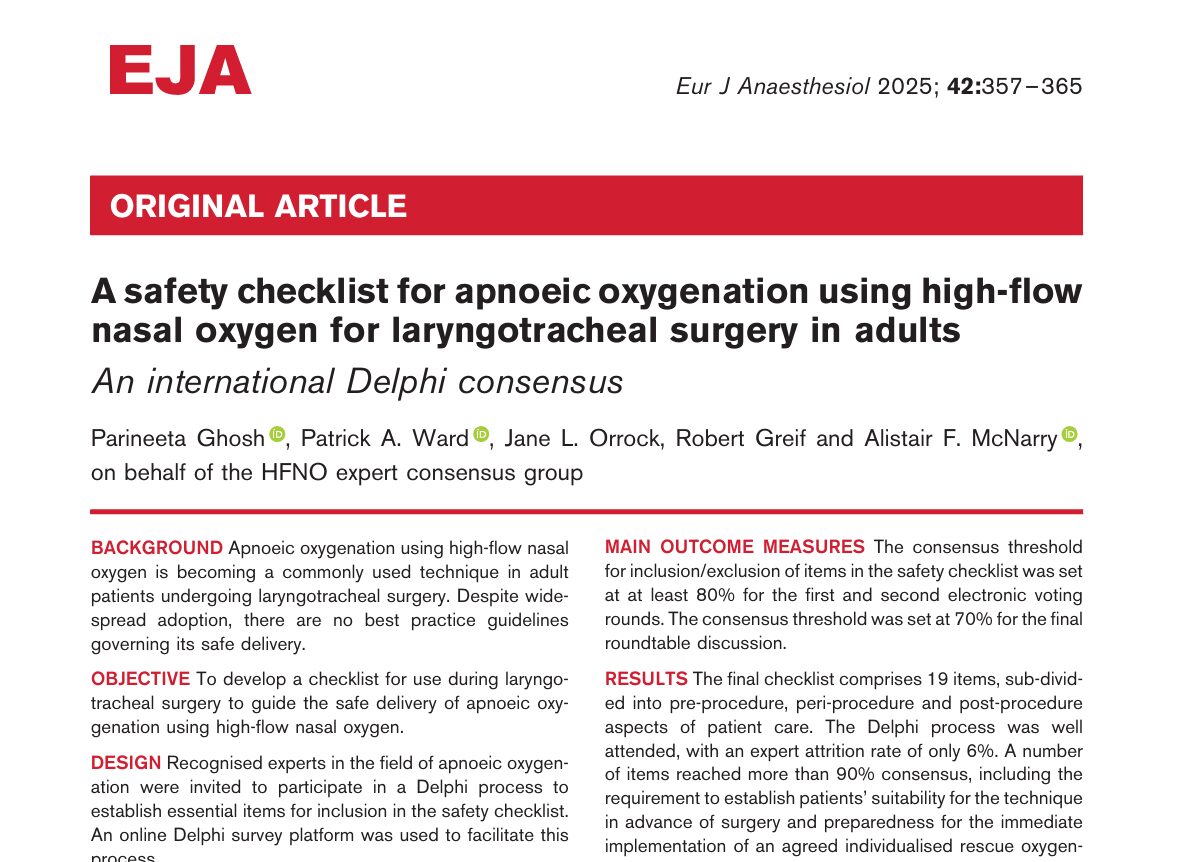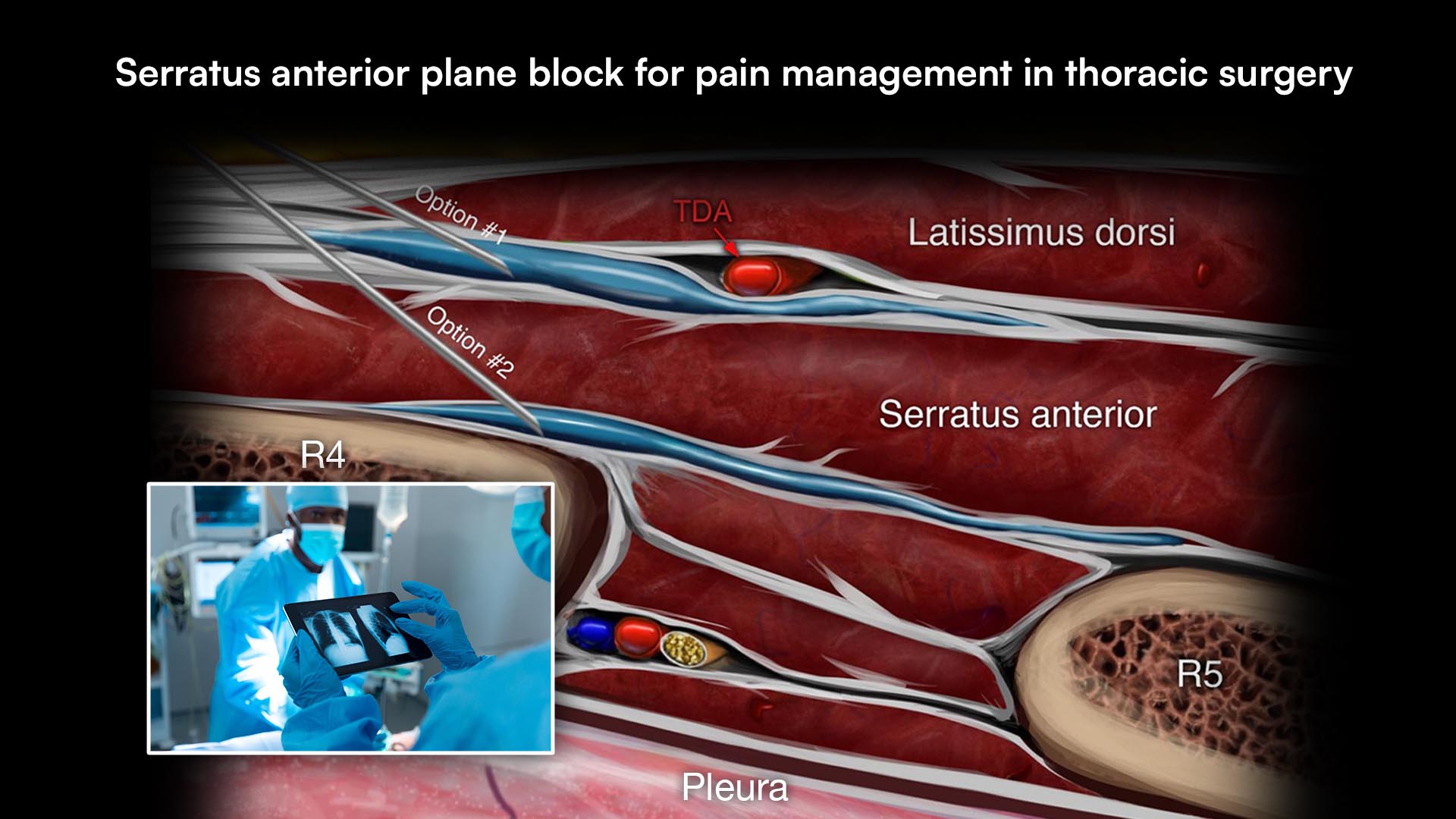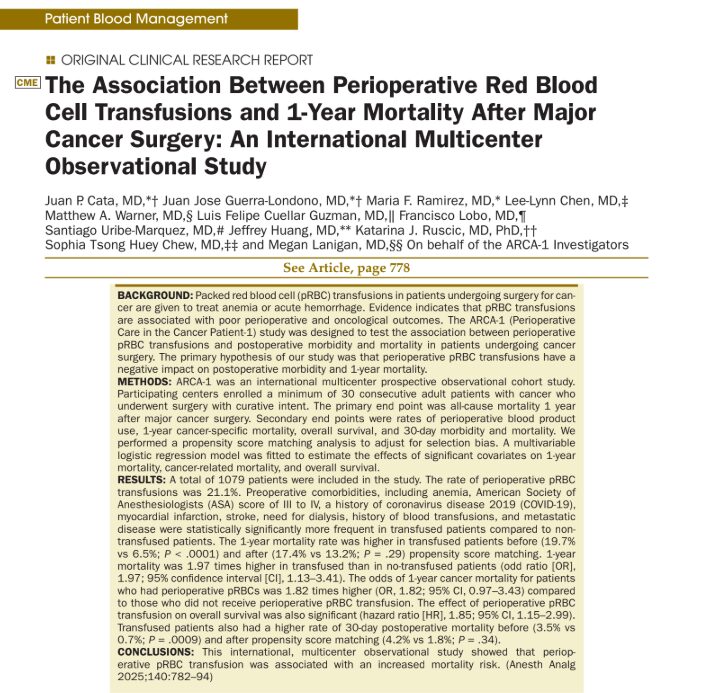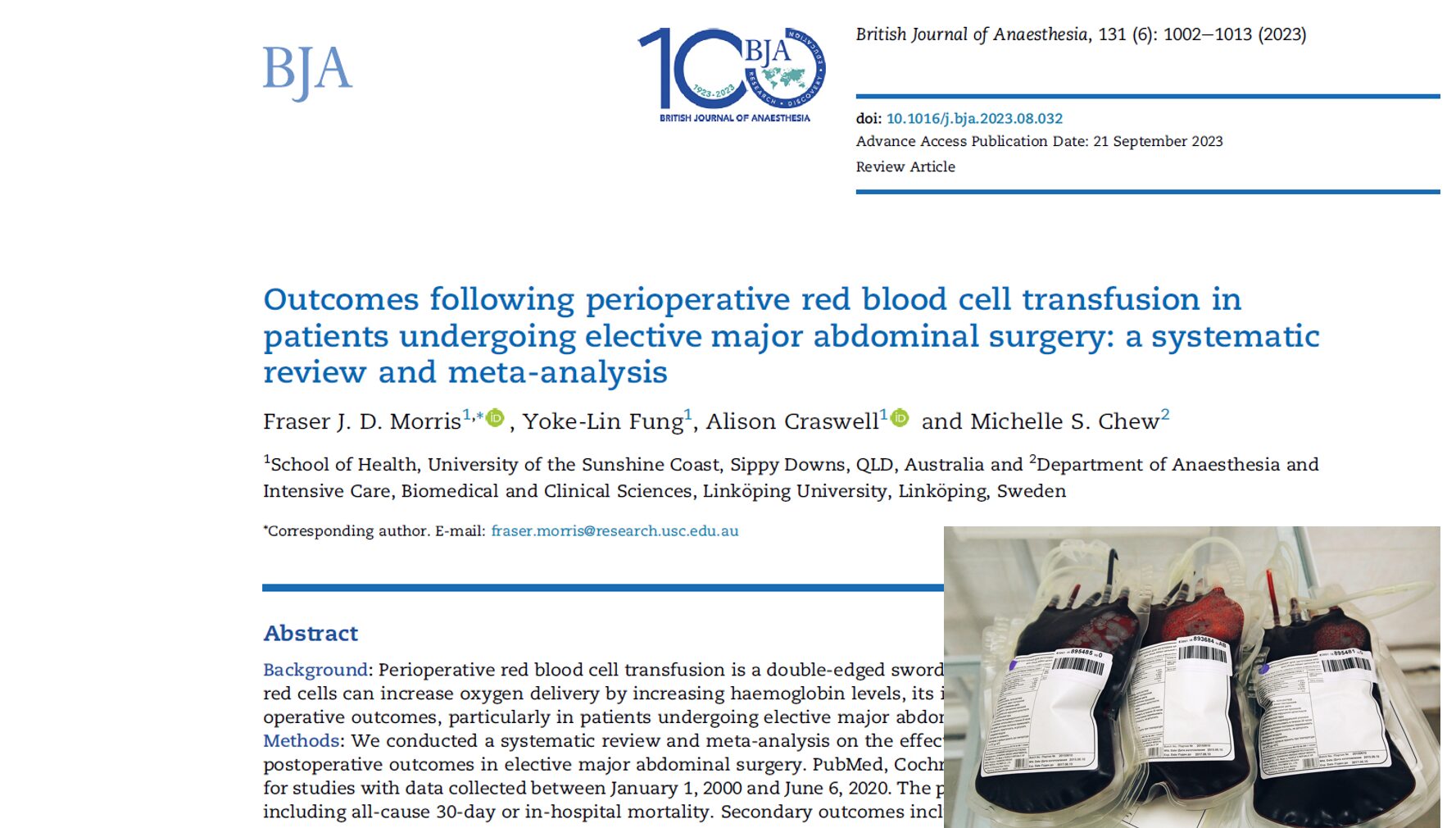A newly published randomized controlled trial (Gleicher et al. 2025, RAPM) has made a compelling case for the use of continuous adductor canal block (CACB) in outpatient total knee arthroplasty (TKA), demonstrating superior pain control and faster recovery compared to the conventional single-injection technique.
Why this study matters
Total knee arthroplasty (TKA) is a common and effective procedure for end-stage knee arthritis. But post-surgical pain remains a major barrier to early mobility and patient satisfaction. While the single-injection adductor canal block (SACB) provides pain relief, its effects are short-lived, often wearing off within 24 hours and leading to rebound pain.
The study by Gleicher et al. addresses a key question:
Can continuous infusion of local anesthetics via CACB improve early recovery in outpatient or short-stay TKA patients?
Study design in brief
- Design: Double-blind, randomized, placebo-controlled trial
- Participants: 60 patients undergoing outpatient or short-stay TKA
- Groups:
- CACB group: Received 0.2% ropivacaine continuously via catheter
- SACB group: Received a single-injection block followed by placebo infusion
- CACB group: Received 0.2% ropivacaine continuously via catheter
- Primary outcome: Quality of Recovery-15 (QoR-15) on postoperative day 2
- Secondary outcomes: Pain scores, opioid use, complications, hospital length of stay
Key findings
1. Enhanced recovery scores
Patients receiving CACB had significantly better QoR-15 scores:
- POD 1: +19.83 points over SACB
- POD 2: +20.41 points
- POD 3: +20.79 points
This far exceeds the minimum clinically important difference of 6.0.
2. Reduced pain and opioid use
CACB patients reported:
- Lower pain scores at rest and during movement across PODs 1–3
- Significantly lower opioid consumption:
- POD 1: Median 5 mg OME vs 20 mg in SACB
- POD 2: 5 mg vs 20 mg
- POD 3: 5 mg vs 10 mg
- POD 1: Median 5 mg OME vs 20 mg in SACB
3. High technical success
- Over 80% of CACB patients had sustained sensory blockade in the saphenous nerve distribution by POD 2
- This was achieved using the ISAFE catheter insertion technique, reducing migration issues common in previous studies
Clinical significance
What is CACB?
CACB involves inserting a catheter into the adductor canal to deliver a continuous infusion of local anesthetic. This provides extended analgesia, minimizing the need for systemic opioids and improving patient comfort.
Advantages over SACB:
- Prolonged pain relief
- Better quality of recovery
- Less opioid consumption
- Safe for outpatient use
Practical takeaways
For anesthesiologists and pain specialists:
- CACB can be safely implemented in outpatient TKA settings with proper education and monitoring protocols
- The ISAFE technique enhances success and reduces catheter failure
For orthopedic surgeons:
- Incorporating CACB may accelerate patient mobilization and readiness for discharge
- May be especially beneficial in fast-track or enhanced recovery programs
For healthcare systems:
- Potential for reduced readmissions due to poor pain control
- May optimize resource utilization and patient throughput
Step-by-step: how outpatient CACB is administered
-
Preoperative preparation
- Mild sedation with midazolam and fentanyl
- Initial SACB and spinal anesthesia
- Mild sedation with midazolam and fentanyl
-
Postoperative CACB insertion
- ISAFE technique used for catheter placement
- Connected to an elastomeric pump delivering 0.2% ropivacaine at 5 mL/hr
- ISAFE technique used for catheter placement
-
Discharge protocol
- Oral analgesia (acetaminophen, celecoxib, hydromorphone PRN)
- In-person education on catheter care
- Daily follow-ups via phone
- Oral analgesia (acetaminophen, celecoxib, hydromorphone PRN)
-
Catheter removal at home
-
- Patient- or caregiver-led, after 60 hours of infusion
- Patient- or caregiver-led, after 60 hours of infusion
Final thoughts
This landmark study provides strong evidence that continuous adductor canal block enhances recovery after outpatient knee replacement. With proper implementation, CACB can support early discharge, reduce opioid use, and elevate the overall patient experience in total knee arthroplasty.
Get this and more in the AA App
This content is also available in the NYSORA Anesthesia Assistant App — your smart, expert-reviewed tool for:
- Point-of-care decisions: Instant, evidence-based guidance
- AI support (MAIA): Tools like DoseCalc and Case Manager
- Weekly updates: Protocols, tips, and exam-ready knowledge
Built on science, reviewed by experts — smarter (and safer) than a web search.
Download the AA App now to put trusted anesthesia guidance in your pocket.
Reference: Gleicher Y et al. Outpatient continuous adductor canal block (CACB) for total knee arthroplasty: a double-blinded randomized placebo-controlled trial. Reg Anesth Pain Med. Published online September 23, 2025.
